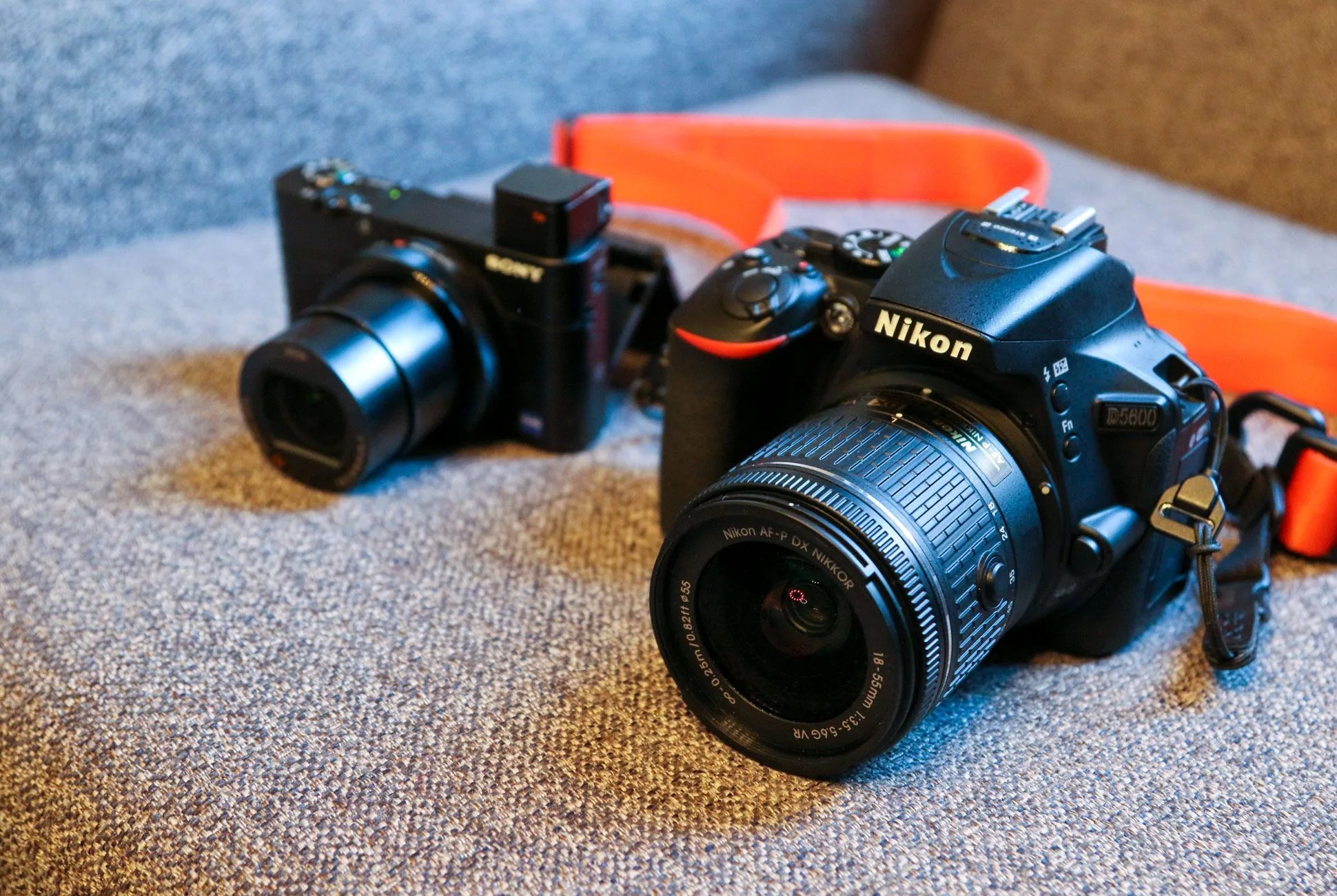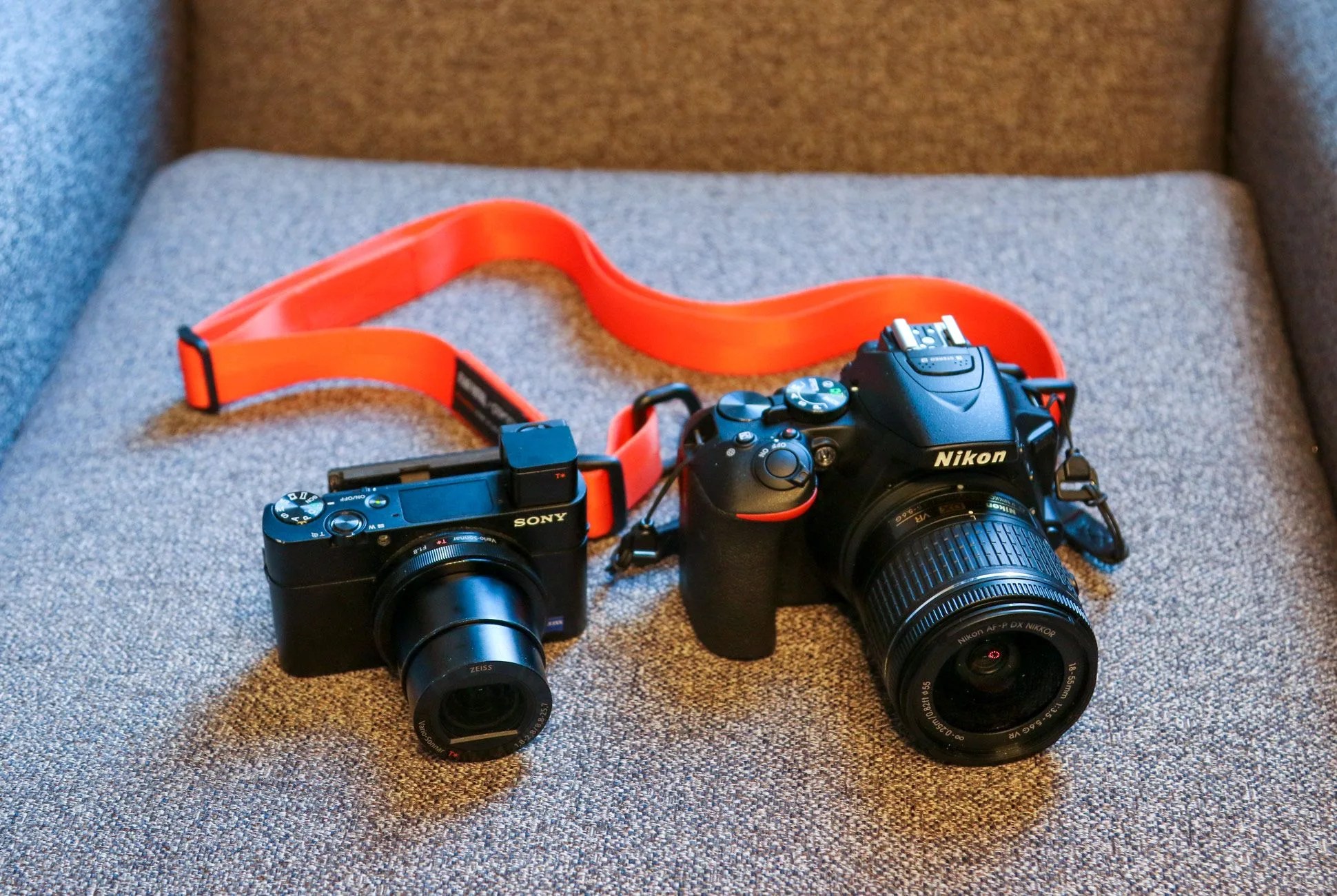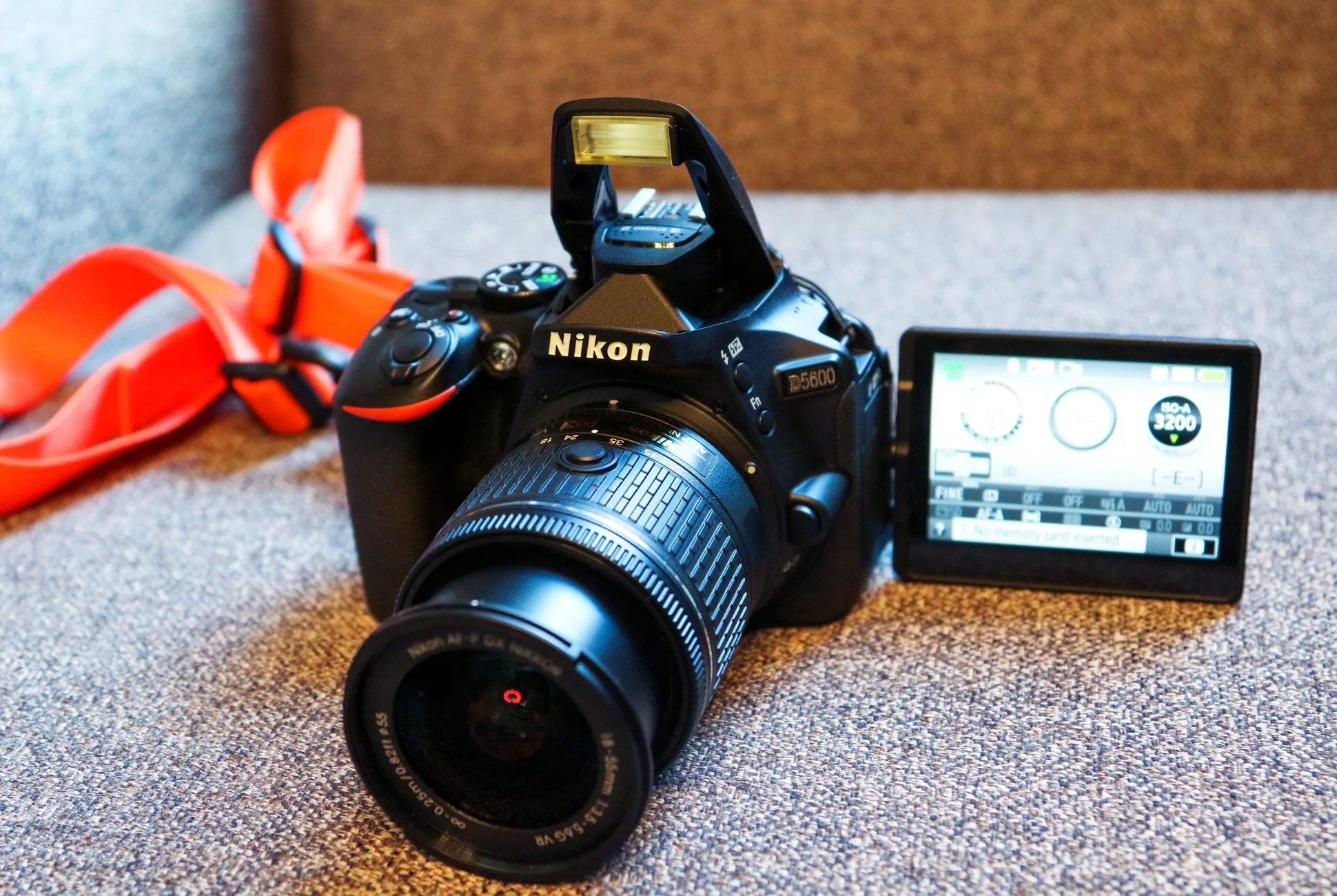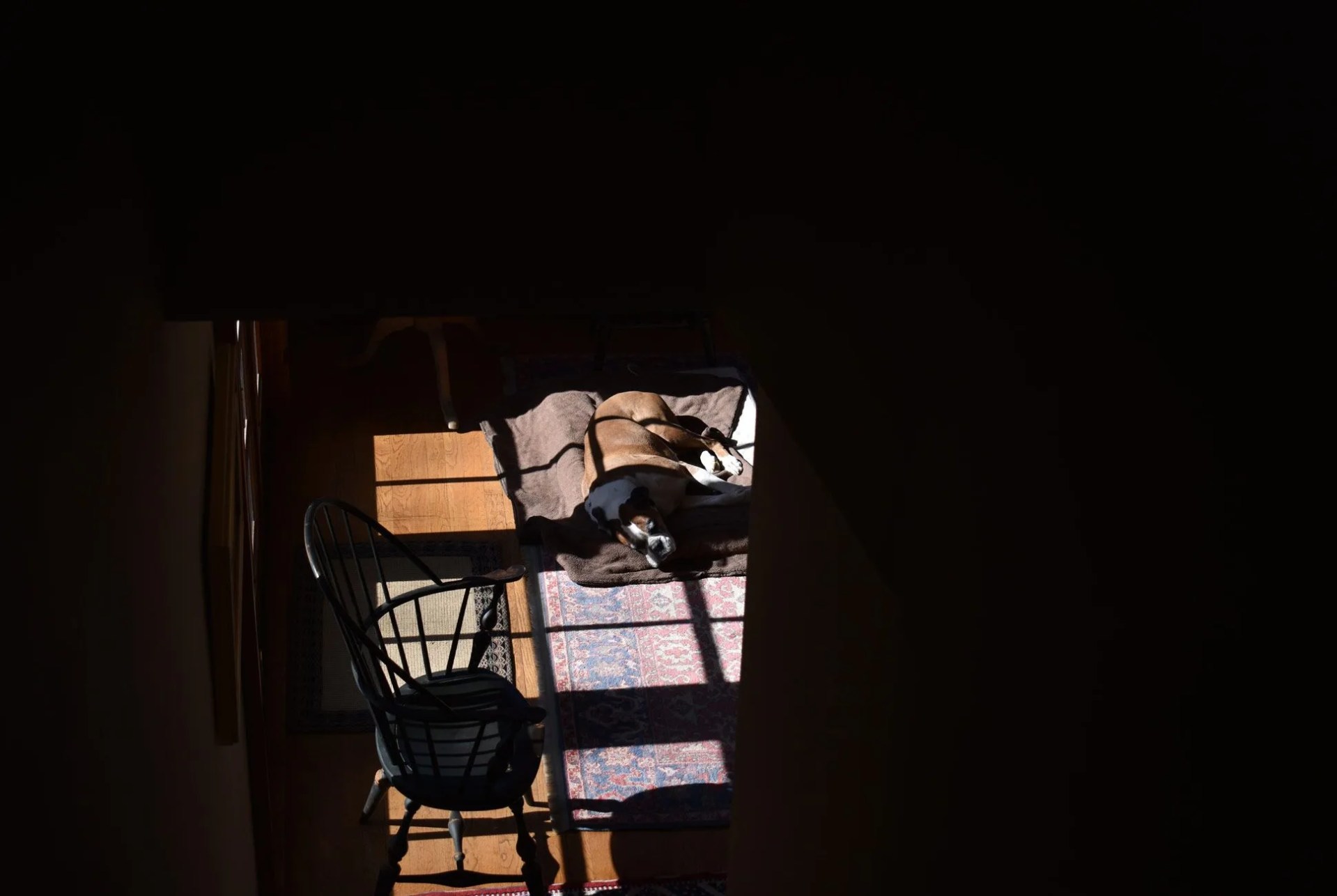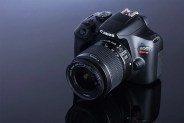3 photos
Can a better camera help you take better photos? Sure. Many higher-end DSLRs bring bigger sensors, more megapixels, nicer viewfinders, faster autofocus, better continuous shooting speed and 4K video capture to the party, so you’ll naturally be taking crisper more beautiful photos. (Today’s mirrorless cameras also pack similar features as standard DSLRs, in smaller and lighter bodies.) But taking nice photos and actually improving as a photographer are two different things.
I’ve toyed with trying to be a better photographer for a while. In December 2015 I bought my first point-and-shoot digital camera — specifically the well-reviewed (but a few seasons old) Sony RX100 Mark III. It was small and powerful, and I could tinker with its aperture and ISO settings and even delve into the brave world of manual shooting. Sure, I had an iPhone with a pretty decent camera, but it wasn’t at the same level and didn’t have that “feel factor” — it was millimeters thick.
After months of traveling with my Mark III, I wasn’t progressing as a photographer like I wanted. Aperture settings were difficult to understand; I would scroll through numbers like F9.0 to F5.0 to F3.2 without being able to visualize the difference between each. The zoom wasn’t great to begin with. And although the camera was more robust than my smartphone, it still didn’t feel like a photo-capturing weapon. That’s when I turned to an entry-level DSLR — affordable, adaptable, something I could really wield with two hands.
Tested: Nikon D5600
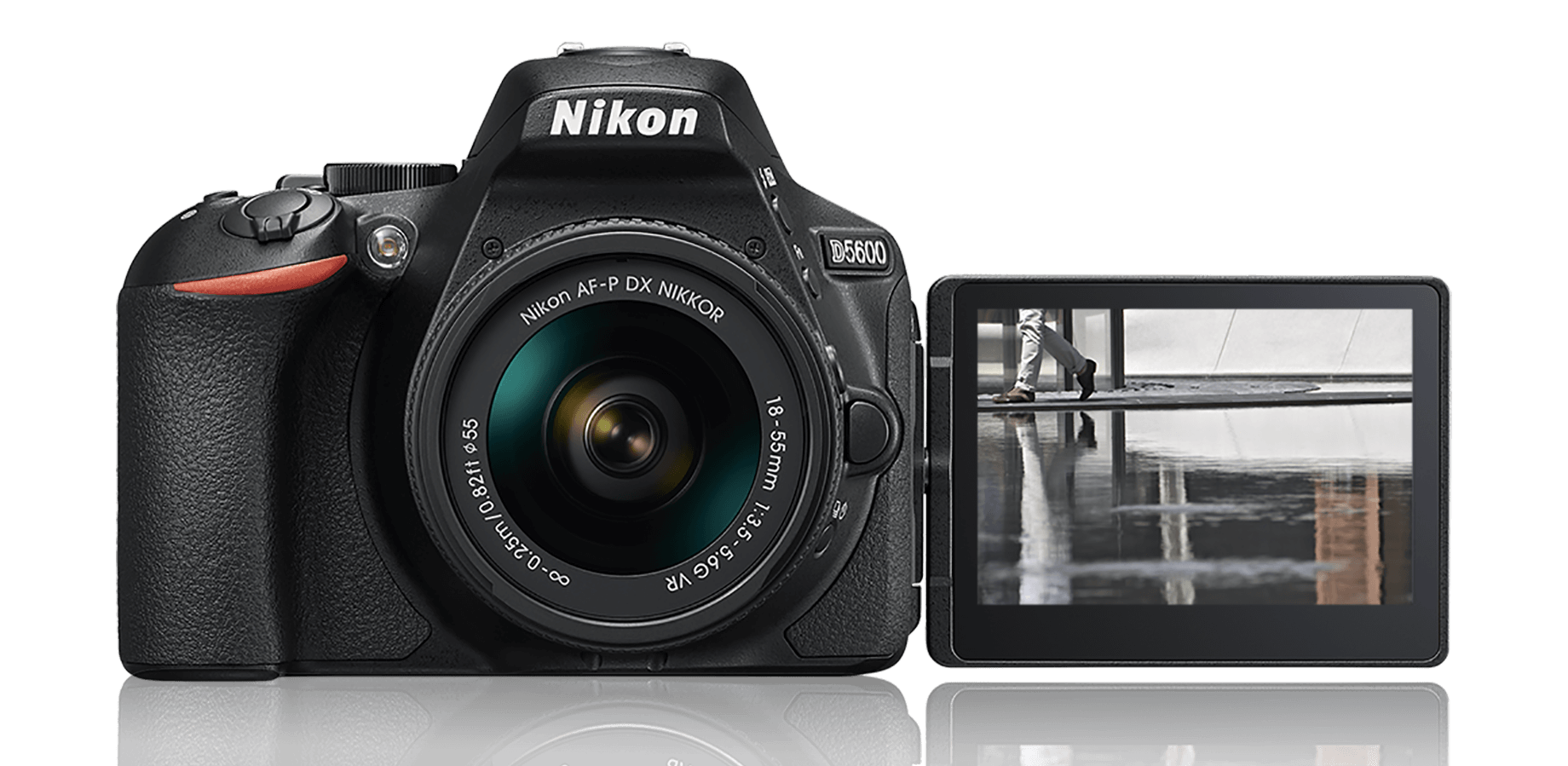
Body Type: compact SLR
Sensor: 24.2 MP DX-format CMOS
Lens Mount: Nikon F
Max Resolution: 6,000 x 4,000
ISO: 100–25,600
Max Shutter Speed: 1/4,000 sec
Viewfinder: fully articulated LCD
Video: 1080p at 60fps video

